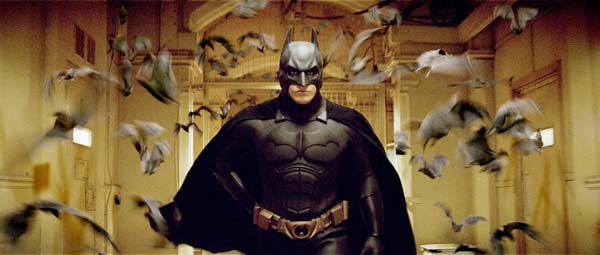Imagine a situation where a terrorist has planted a nuclear bomb in a major city and has it rigged to explode in 24 hours. Only he knows where the bomb is and how to disarm it. The authorities successfully capture him but he is not volunteering the information after hours of interrogation. Millions of lives are at stake because one man hides behind his rights and the control of his tongue. In such a scenario, is it morally justified to torture him until he gives away the information needed to prevent a catastrophe?
Torture is an unacceptable violation of a human being’s most fundamental rights. By inflicting pain and terror, the torturer systematically destroys the victim – physically, emotionally and psychologically. However, in the above scenario, not torturing the bomber will result in the death of countless innocent lives. Is the right of a murderous madman equivalent to a million other human beings? When asked this, the majority of people would answer that yes, in this scenario, torture can be justified.
However, this scenario is a hypothetical philosophical model to outline the argument that torture may be morally justified in certain situations. It is not a way to prove that governments should legally use torture as part of interrogations. The ticking bomb scenario has many weaknesses, such as the fact that such a scenario where all the elements line up so perfectly is highly unlikely to arise. But even so, it may be used as a base of a slippery slope, with people arguing that if a million lives can be saved by torturing an individual, what about a thousand lives? A hundred lives? Or even five lives? What if we have a legal system in place where a judge must issue a warrant after assessing the scenario? Then surely an argument can be made that in certain scenarios, there is no time for this process and lives are at stake. Ultimately, the legalisation of torture is an extremely dangerous slippery slope that can facilitate the violation of human rights with ease.
An alternative system is the so called Dirty Harry case. In this case, torture is still illegal, but a single individual in law enforcement decides to go rogue and takes the matter into his own hands. Because he decides to torture the suspect as an individual, not as part of an institution, he will be committing a crime for which he will be tried in the future. If the jury finds him guilty, he will be punished by being imprisoned. Therefore, the “Dirty Harry” must weigh the potential benefit of torturing the suspect (i.e. saving lives) versus the potential risks (i.e. going to prison), giving him incentive to make a more careful decision.

(Source: Check out this Reddit comment for a more elaborate explanation with references)


